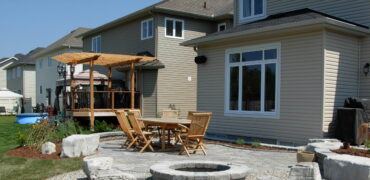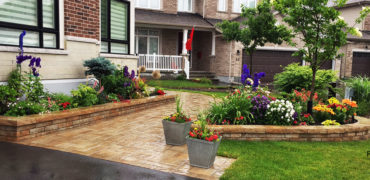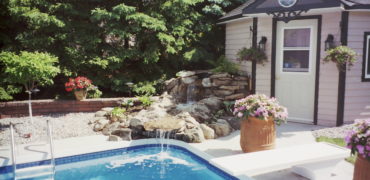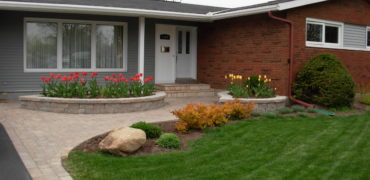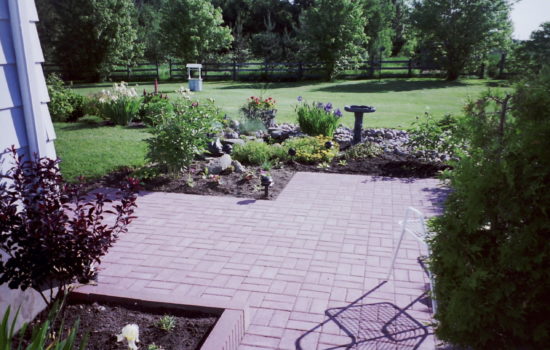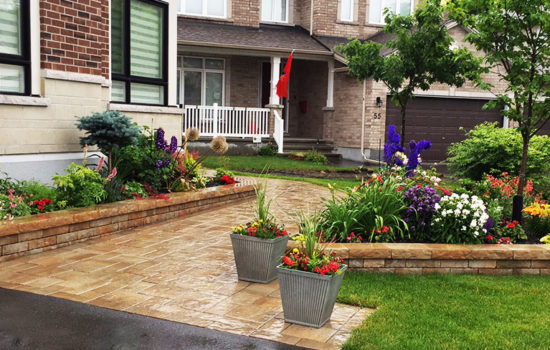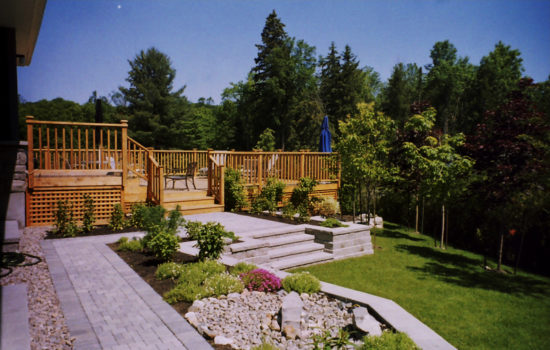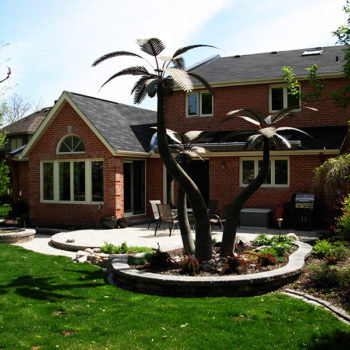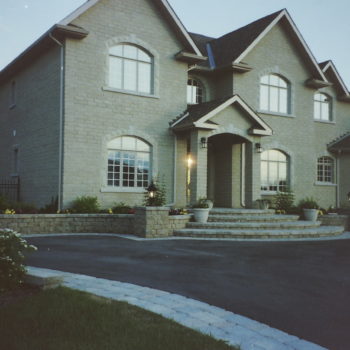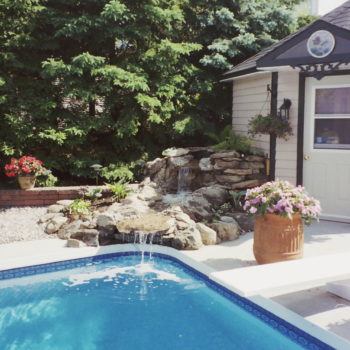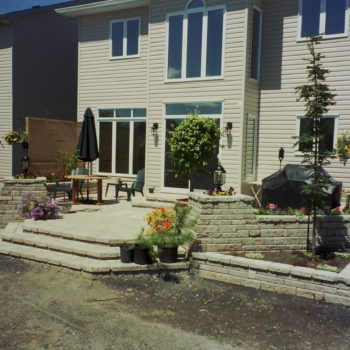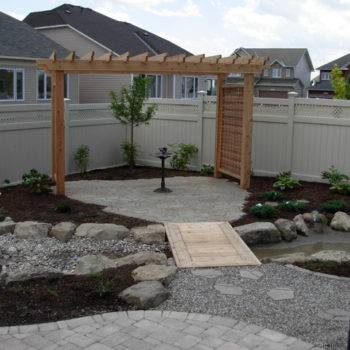Wood Options
We build a lot of structures using wood because it is versatile, natural-looking and is still affordable, depending on the type of wood used. The wood becomes enhanced once it is sanded, stained and sealed, which brings out the beauty of the wood grain. At the same time, this treatment seals the wood from harsh outdoor elements. If the wood is not treated, it will transition into a weathered, rustic looking deck. Nevertheless, some people prefer that look at the expense of having wood longevity. Of course, the disadvantage of having your deck treated and maintained is keeping the desired look, at a substantial commitment and expense. For those, who have better things to do on weekends, rather than working on its upkeep, might want to consider a composite deck (synthetic composite lumber).
For those, who wish to invest in a low maintenance composite deck, expect to pay at least 25 to 30 percent more than what it costs for a wood deck. The under deck substructure, as for a wood deck, still remains the same pressure-treated wood. Only the visible part of the deck shows up as composite materials.
The contemporary composite materials have improved significantly, regarding its resistance to colour fading due to the sun’s ultra-violet rays. The other improvements are its variety in colours and textures, that remarkably imitates wood in some cases. In conclusion, wood decks are less expensive at the outset, however, composite decks can be less expensive, if you factor in not having to pay, in the long run, for its upkeep.
Brands for composite lumber for decks
Trex Timber Tech Azek Cali Bamboo Dura-Life
Envision Fiberon EverNew Lumberock



